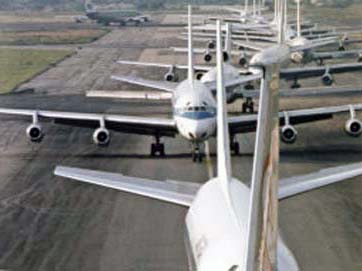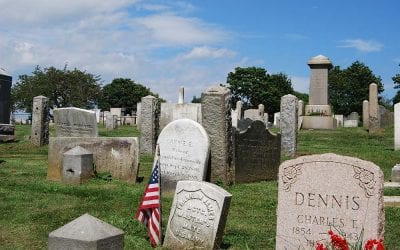The loophole to create a unified pilot rule is complex once the DOT added the FAA and TSA problems to the mix.
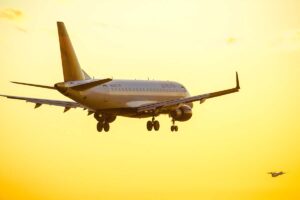 Travelers United has been working and writing about this issue for months. I’ve been wondering for months now why everything took so long.
Travelers United has been working and writing about this issue for months. I’ve been wondering for months now why everything took so long.
The question of JSX flying scheduled service with old pilots (over 65 years old) and operation from airports without TSA security still hangs in the balance. Why should this unified pilot rule question (normal plane that flies hundreds of thousands of charter and small regional jets a year) take so much of the Transportation Department (DOT) and the Federal Aviation Administration (FAA) working bandwidth? The question is complex, at least from the FAA’s point of view.
I’ll bet you thought that the pilot flight rules and the TSA enforcement regulations were the same for large passenger aircraft, regional jets (RJs), and charter flights for TSA handling. They are not.
The passengers are the same. It is just the pilot rules that are different for some regional jets and commercial airplanes. Regional jets and charter flights follow old rules. Commercial flights, such as ones by major airlines, follow newly updated rules.
WHY?
I began to understand when I discovered that the FAA was coordinating with DOT. And when I took another look from a broader perspective, I saw that the Transportation Security Administration (TSA) was also making recommendations. This added to the time that what started as a simple question of common sense would become ensnared by bureaucracy. In fact, the FAA set up a special committee, the Safety Risk Management Panel (SRMP), which will assess the feasibility of a new operating authority for scheduled part 135 operations in 10-30-seat aircraft.
The safety rules that have been put in place have been compromised.
According to FAA rules, all pilots need 1,500 hours to fly scheduled airlines. The FAA also monitors pilot retirement rules for American-based airlines. These laws were created to protect passengers. Almost everyone waiting at TSA security checkpoints at airports assumes everyone faces the same pre-boarding scrutiny.
The dirty secret is that there is an entire class of commercial passengers who get to avoid security checks we find so unpleasant. Plus, they can avoid the maddening crowds of travelers between big cities and vacation destinations. Where has the truth in advertising gone?
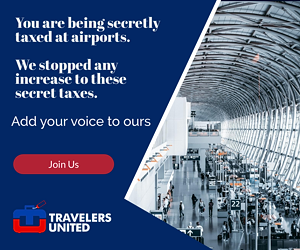
How many fliers know the difference between Part 121 and Part 135 for air traffic?
It is found in the fine print of FAA safety regulations. Welcome to JSX. This is an airline that only exists because of FAA loopholes. All common sense has been eliminated in favor of bureaucracy. Here is the truth in fine print:
As a matter of safety, providing scheduled service under Part 135 skirts a host of scheduled-airline safety regulations contained in Part 121, including the 1,500-hour threshold for an Airline Transport Pilot certificate (a/k/a First Officer Qualifications), the age 65 retirement mandate, and minimum rest along with no interrupted rest.
These and other Part 121 safety regulations have kept U.S. aviation as the safest mode of transportation in the world, but which do not apply to companies abusing the loophole in the regulatory regime. Operating scheduled flights in this way carries out an end-run around the FAA’s commitment since the mid-1990s to One Level of Safety, which required that Part 135 scheduled carriers move to the higher, more stringent Part 121 standard.
As a matter of security, passengers flying these flights are not subjected to traditional TSA magnetometer and X-ray airport security checkpoints. Instead, passengers are cross-checked against the TSA No Fly List, without more screening. Indeed, avoiding TSA “invasive security procedures” is the major source of the time savings and the exclusive “one percenter” experience JSX offers. Yet security requirements brought forward by TSA since the terrorist attacks of September 11, 2001, have been essential to maintaining the security of our nation’s aviation system and our homeland security.
We are also concerned about elevated emissions and increased airspace congestion…
(Note: Bold-faced content added by the author.)
The common-sense solution to this problem is that safety considerations should be consistent whenever scheduled passengers are involved.
However, with the FAA setting up the committee, at least 13 additional airports are now involved. That means local voters, a new level of Senators and congresspeople, and more time.
JSX gave Cranky this lengthy statement:
JSX supports the Federal Aviation Administration’s efforts to maintain civil aviation safety and applauds FAA Administrator Whitaker’s plans to evaluate a new operating authority for certain Part 135 operations. More than half of JSX’s public charter markets operate in airports that are not served by large network airlines. Yet, thousands more airports – funded by the American taxpayer – remain inaccessible to the vast majority of Americans unless they have the means to afford private jets. As the country’s largest public charter air carrier, JSX has modeled the way forward for safe, secure, and reliable regional operations under Part 135 since inception and, with intent to take delivery of up to 332 hybrid-electric airplanes from 2028, aligns with the Biden Administration’s call to encourage competition and innovation in air travel. We eagerly look forward to collaborating with our regulators to cement the importance of public charters and expand access to vital air connectivity in the future.
That is, the bureaucracy for this problem is more significant than that of the three executive departments.
Common sense is dead. The DOT, FAA, and TSA can have all the discussions they want. The biggest problem is that nothing happens in less than two years.
As we examine the airspace collision between the AA RJ and the Army Blackhawk helicopter, I hope that the powers that be wake up to the unified pilot rule. This rule isn’t exactly parallel to what happened with the collision at DCA. It is a gruesome example of what can happen when different regulations for different airlines are left to fester.
Cranky had it right, “It is foolish to say that it’s perfectly safe for a passenger to fly on a 30-seat airplane under one set of rules if it’s a public charter and another if it’s a regular scheduled airline.” One level of safety is the way to go. It’s common sense.

READ ALSO:
How to handle the Transportation Security Administration (TSA) in 2025
Real ID deadline fast approaching on May 7, 2025, but actually in 2027!
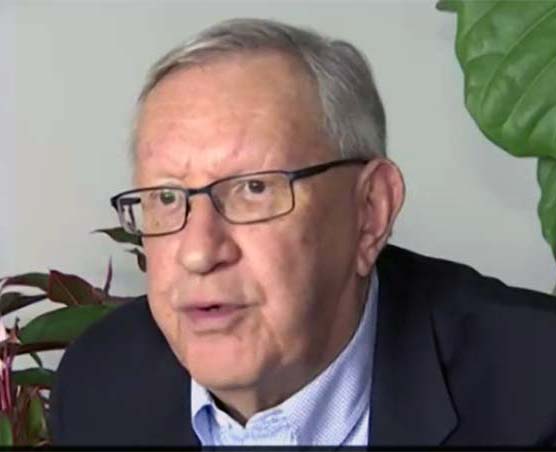
Charlie Leocha is the President of Travelers United. He has been working in Washington, DC, for the past 14 years with Congress, the Department of Transportation, and industry stakeholders on travel issues. He was the first consumer representative to the Advisory Committee for Aviation Consumer Protections appointed by the Secretary of Transportation from 2012 through 2018.
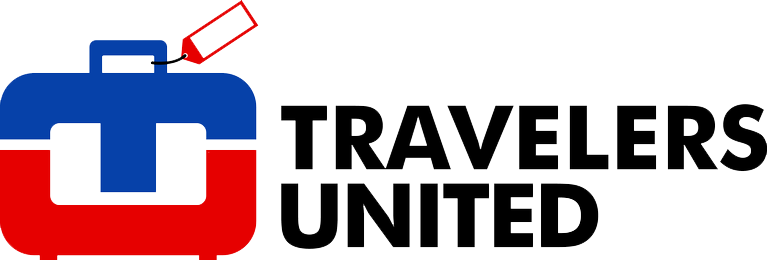
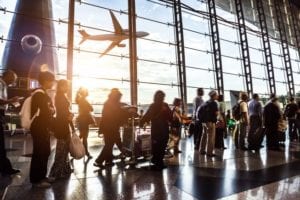 As a matter of safety, providing scheduled service under Part 135 skirts a host of scheduled-airline safety regulations contained in Part 121, including the 1,500-hour threshold for an Airline Transport Pilot certificate (a/k/a First Officer Qualifications), the age 65 retirement mandate, and minimum rest along with no interrupted rest.
As a matter of safety, providing scheduled service under Part 135 skirts a host of scheduled-airline safety regulations contained in Part 121, including the 1,500-hour threshold for an Airline Transport Pilot certificate (a/k/a First Officer Qualifications), the age 65 retirement mandate, and minimum rest along with no interrupted rest.
